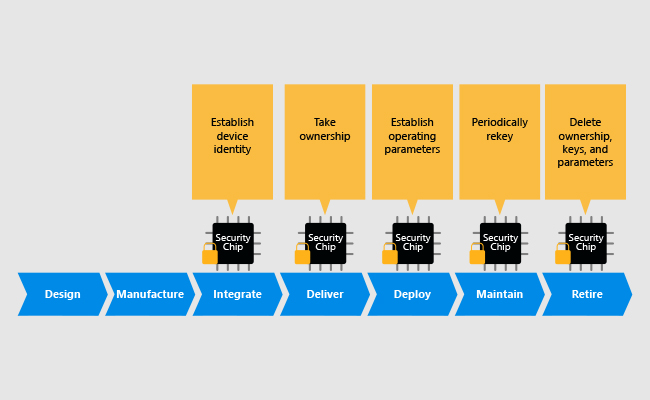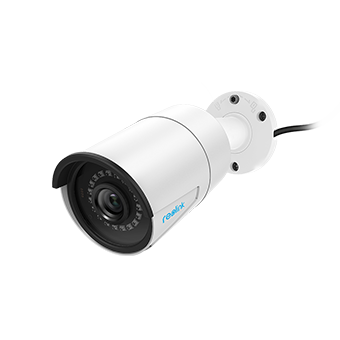The frequency of IoT home security and privacy data breaches is on the rise all over the world. Finding workable solutions for Internet of Things home security and privacy issues/concerns is urgent.
No matter you are an IoT device manufacturer/vendor or an end user, you can learn workable ways to secure your Internet of Things (IoT) devices/products from hackers.
Risks to Your IoT Smart Home
As the Internet of Things continues to expand, hackers exploit vulnerabilities in IoT devices to gain access to home networks. This poses various threats, including unauthorized control of security cameras or smart locks, invasion of privacy through unauthorized monitoring, and even using compromised devices for large-scale cyberattacks.
With the growing interconnectedness of IoT devices, the risks extend beyond individual devices to encompass broader network vulnerabilities, allowing attackers to move laterally within the network and access sensitive data or control other devices.
To address these risks, it's crucial for homeowners to prioritize IoT security measures. Now let's see the effective solutions.
Easy IoT Home Security Solutions for Securing Your Personal Security and Privacy
There are malicious people who compromise your privacy via invading your Internet of Things (such as your smartphones, routers, IP cameras, etc.). By following the below simple Internet of Things home security and privacy solutions, you can keep malicious attacks at bay.
1. Create Strong Passwords for Your Internet of Things Software/Hardware
Undoubtedly, simple Internet of Things device passwords are easy for you to remember. However, simple passwords are also easy for hackers to invade your home Internet of Things products.
Create as strong and complex Internet of Things device passwords as you can to set up the first baseline to protect your Internet of everything and your security and privacy.
2. Install Any IoT Security Patches and Hardware/Software Updates When Available
When was the last time you updated your Internet of Things device hardware and software? Don’t underestimate the simple update of your Internet of Things products. All too often, you may see the Internet of Things hardware/software updates are of inconvenience, but they are really much more important than you might think.
Hackers are always searching for bugs and flaws in software to hack into secured networks and Internet of Things devices. If you keep all of your Internet of Things device software and hardware up to date, you can keep many hackers at bay.
3. Purchase Your Internet of Things Devices/Products from Trusted Resources
You may have heard of a lot of cases that home security cameras are hacked, or home routers are invaded by malicious people. For example, a security camera brand’s baby monitor got hacked. One company’s routers had once become the victims of DNS monitoring, which potentially affecting 11,000 devices.
That’s one of the main reasons why you should just choose reliable Internet of Things providers. Reliable Internet of Things product companies would test the Internet of Things devices strictly to ensure that hackers cannot invade their products easily.
Take Reolink as an example. Its security cameras are secured by SSL, WPA2-AES and SSL-TLS encryption, which is an important deterrent to those prying eyes.
Your Best Security Camera or Security System Solutions; Plug and Play; 5MP/4MP Super HD; Smartphone Remote Access; Night Vision & Motion Detection
Bump: If you are using WiFi security cameras, you should never miss the top 10 tips to secure your home WiFi security cameras.
When you purchase Internet of Things devices, remember to Google the reputation of the brands. More preparation work can avoid security hazards in a long run.
You, as an endpoint IoT device user, can’t do it alone when it comes to securing Internet of Things home security and privacy. All engineers, designers or companies in the process of building IoT devices should create IoT devices that can meet the security standards.
If you are an IoT device provider, you can get some useful information to make your Internet of Things products more secure.
Useful IoT Home Security and Privacy Solutions for IoT Manufacturers/Vendors
If you are an IoT manufacturer/vendor, dealing with Internet of Things security and privacy challenges should be top of mind. The below solutions for securing Internet of Things home security and privacy might give you a shock to protect your end users’ privacy and get trust from your customers.
1. Basic IoT Home Security & Privacy Solution: Secure the IoT Devices/Products
According to the research of AT&T, there has been a dramatic 458% increase in the number of times hackers searched Internet of Things connections for vulnerabilities.
To mitigate Internet of Things home security and privacy attacks, developers should use encryption to protect the data transferring.
It is necessary to implement Secure Sockets Layer (SSL) to protect/secure IoT gateway. SSL can ensure that all data passed between the web server and browsers remain private, which is really helpful to protect customers’ privacy and information security
In terms of securing IoT services, it is a good option to implement a server monitoring for high traffic from a particular user besides SSL transport layer security.
Protecting the IoT product/device data with persistent encryption can ensure the data is secure both in transit and at rest.
2. Enable Product Lifecycle Management (PLM) to Secure Internet of Things Devices/Products/Applications
IoT Product lifecycle management (PLM) is the process of ensuring the security at every step of the IoT device lifecycle.
With advanced IoT technology, the PLM process continues out into the field. Now you can gain visibility into how your IoT devices are performing and being used by your customers without waiting for the feedback of your volunteer customers. You and your engineers can make crucial edits to the devices if there are any security issues/problems in your Internet of Things devices. For example, implement strong database access controls per information security standards when your engineers detect any weak database credentials in your Internet of Things devices.
David R. Brousell, the global vice president of Frost & Sullivan’s Manufacturing Leadership Council, said, “With the availability of more information that is all interconnected, in today’s smart, connected products, a ‘Closed-Loop Lifecycle Management’ is what is required.”

3. Implement Device-Agnostic Solution for Internet of Things Security
IoT device agnosticism refers to anything that is designed to be compatible across most common Internet of Things (IoT) platforms.
To be device agnostic simply means that one is not limited to one type of device. Your Internet of everything can be used by any of devices your customers choose.
The IoT devices need interoperability to create seamless programmability. However, the reality is that the IoT is fragmented and lack of interoperability. Overcoming the challenge of Internet of Things device interoperability would be one of the most important hurdles to reach mass adoption.
Internet of Things fragmentation will exist until the giants can play nice.
Internet of Things has been a buzzword recently. And more and more people are concerning the cyber security and privacy issues in IoT devices. Good news is that more and more IoT companies have developed effective solutions to deter hackers invading customers Internet of Things products. So be optimistic about IoT devices. You will benefit from them.
FAQs
1. How is IoT used in home security?
IoT transforms home security, linking devices for remote monitoring and control. Cameras, sensors, and locks connected to the internet enable homeowners to oversee their property via smartphones, receiving instant alerts for any unusual activity. Video doorbells with integrated cameras and communication features add an extra layer of security, allowing remote interaction with visitors.
2. How do I secure my home network from IoT devices?
Alter the router's name and password to enhance security. Opt for robust, randomly generated passwords incorporating a blend of letters, characters, and symbols. When accessing your IoT network via laptop or smartphone, steer clear of public Wi-Fi networks. Consider implementing guest networks to bolster security measures.
Conclusion
Embracing IoT home security solutions offers unparalleled peace of mind and convenience for modern homeowners. By harnessing the power of interconnected devices, remote monitoring capabilities, and robust security measures, individuals can safeguard their homes with confidence. From smart cameras and motion sensors to intelligent locks and video doorbells, the possibilities for enhancing home security are endless.
By staying vigilant, employing strong passwords, and leveraging advanced technologies, homeowners can create a safer, smarter living environment for themselves and their loved ones.


